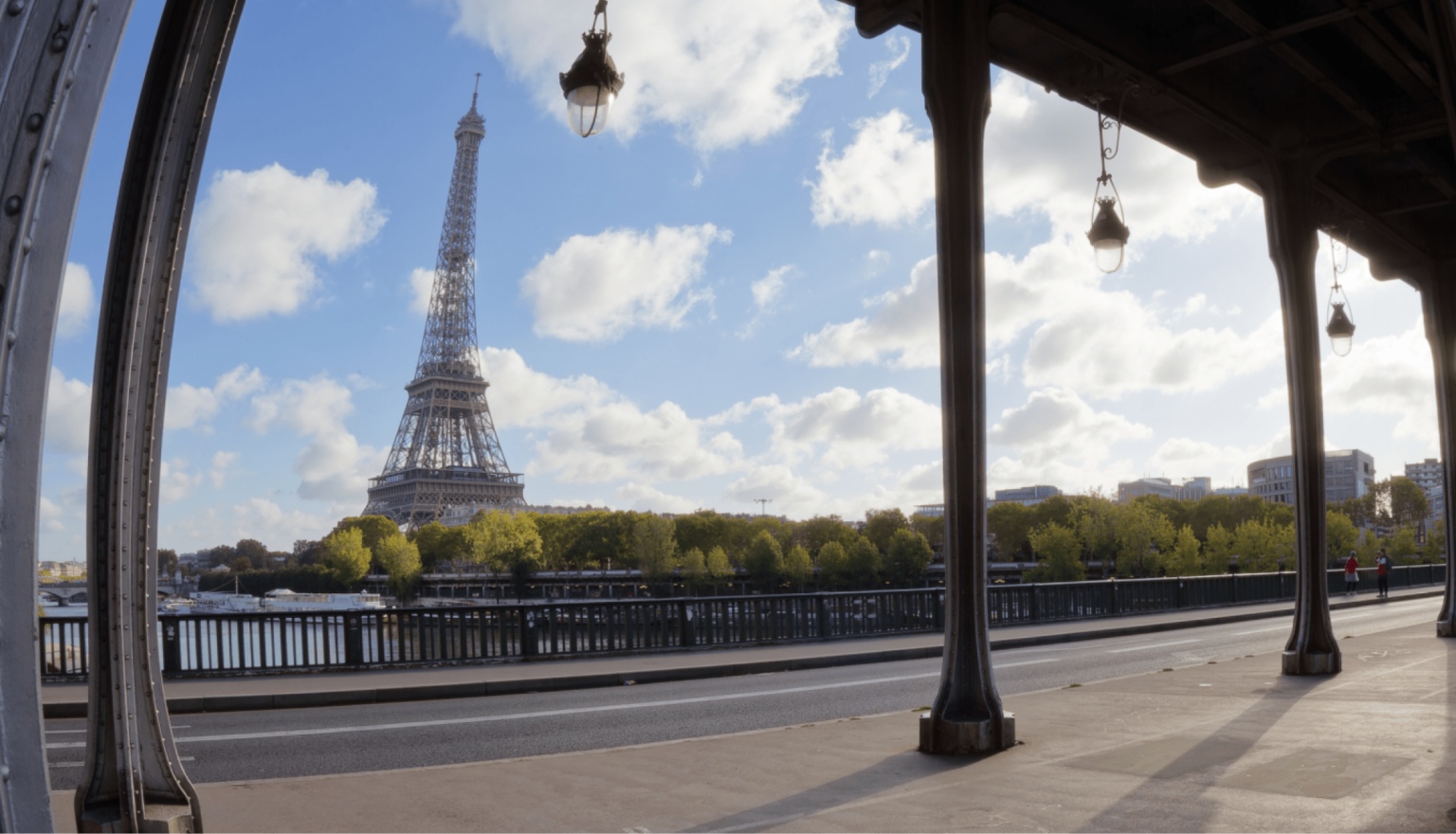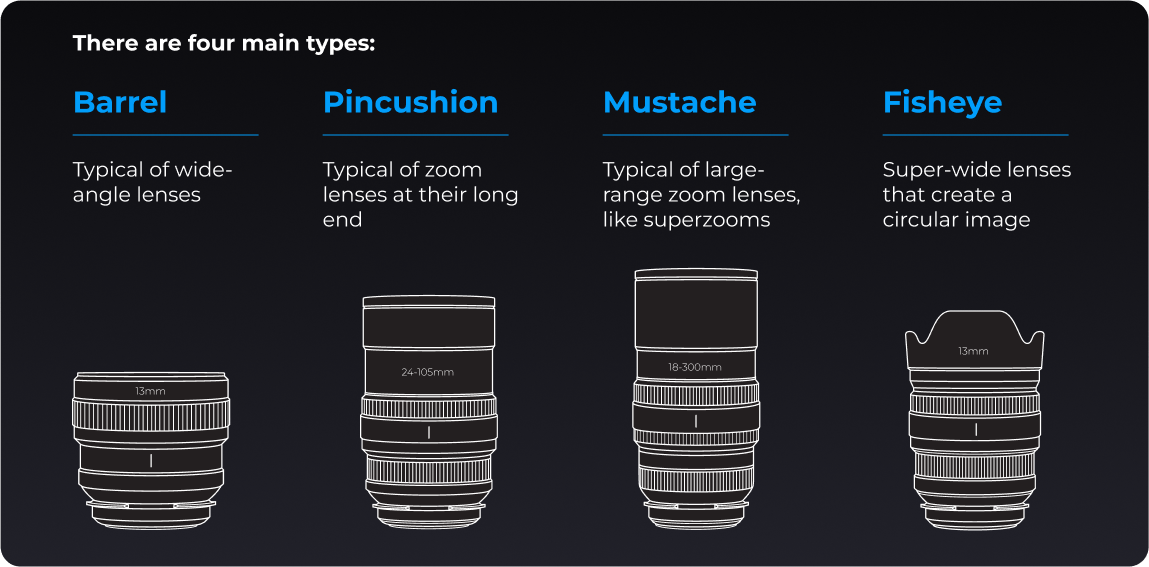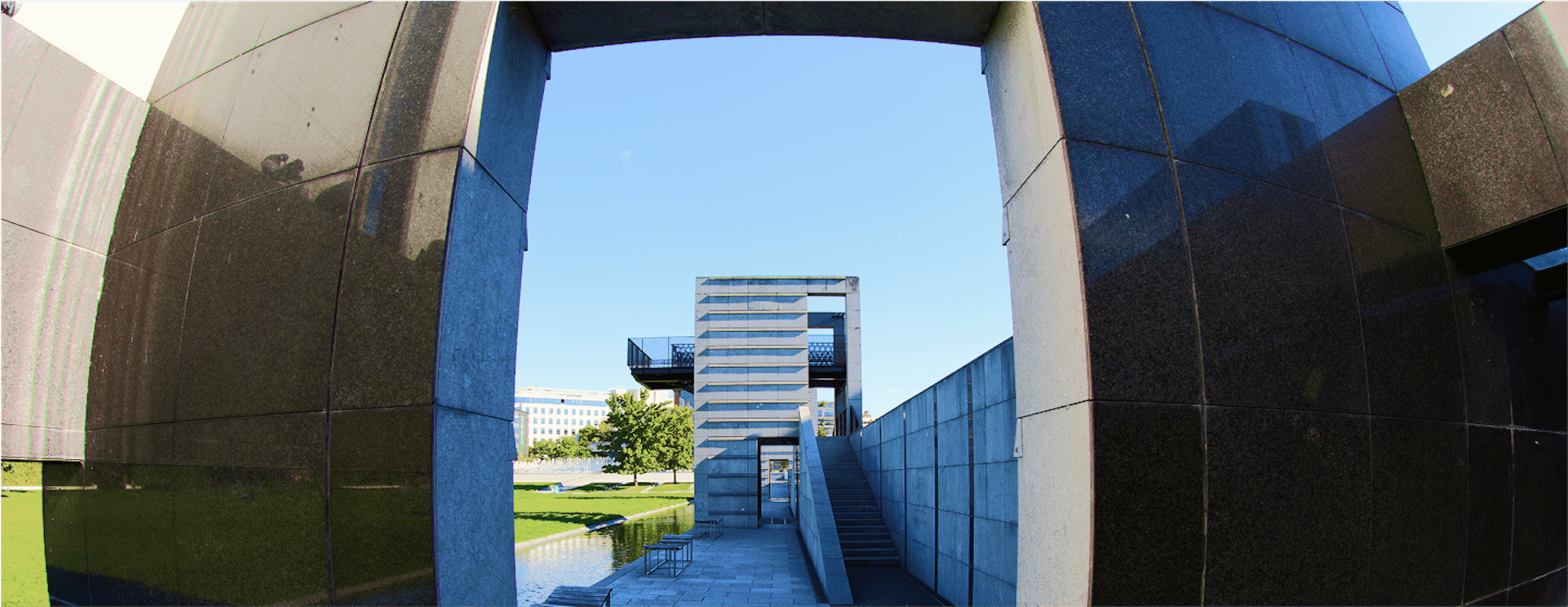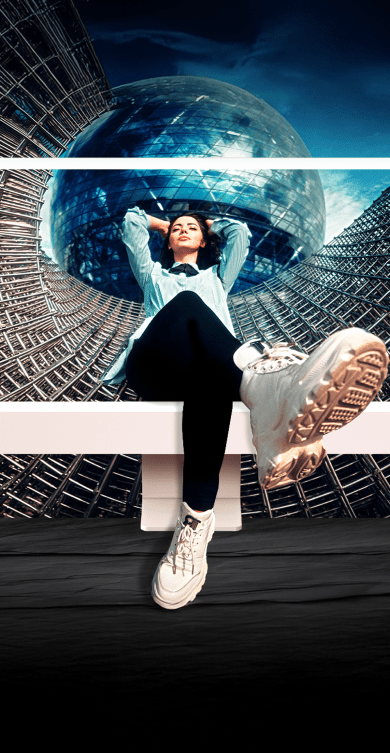Few lenses capture the geometry of a scene with absolute precision — especially standard zooms and wide-angle lenses. The elements of a lens often introduce various distortions and while many of these are minor, others can be prominent and disruptive.
DxO’s engineers have established unique means of measuring and correcting these distortions so that they can be removed with a level of efficiency and precision that’s well beyond other software, and even the manufacturer’s own profiles used by your camera.


Distortion — like the ‘barrel’ effect shown here — makes straight lines in an image appear curved, especially toward the edges of the frame.
What is geometric distortion?
An ‘ideal’ lens would translate any straight lines in the scene into identically straight lines in the image — a situation called ‘

By combining

How DxO solves
the problem
With such complex distortions requiring equally complex corrections,
To create each lens’s profile, our technicians shoot reference images using a chart featuring


The resulting data is
It’s worth noting that when geometric corrections are applied and the image is warped to straighten lines, its edges will become curved and must be cropped to create a rectangle. The accuracy of DxO’s corrections — their ability to tackle higher-order distortion, and the fact that they cover more focal lengths and focus distances —

Images improved by DxO Modules often require less cropping after geometric distortion has been addressed. That means a greater field of view is possible so you get more of the lens you’ve paid for.





